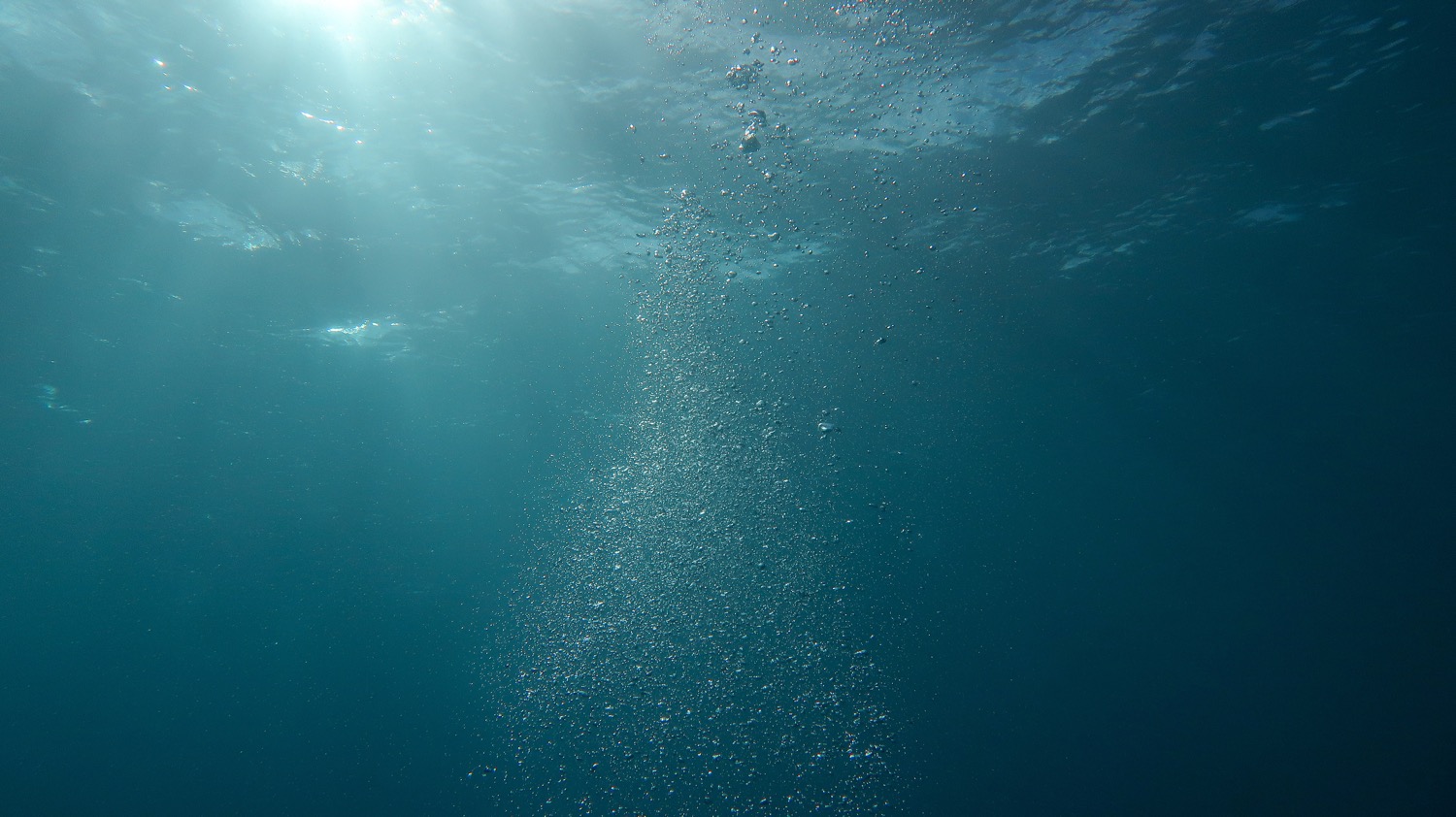As summer approaches, EPA officials are highlighting water quality improvements in Long Island Sound, US, resulting from almost 50 million pounds of nitrogen pollution kept out of the Sound each year. A peer-reviewed study from the University of Connecticut published earlier this year showed that improved water quality can be attributed to successful programs in Connecticut and New York to upgrade wastewater treatment plants to remove nitrogen before treated sewage is discharged into the Sound.
These two state-led programs have reduced millions of pounds of nitrogen pollution from being discharged into Long Island Sound, which has led to increased oxygen concentrations in the Sound in the summer months and, as a result, improved ecological conditions for fish and other organisms.
EPA Region 2 Acting Regional Administrator, Walter Mugdan said: “Water quality in Long Island Sound is improving thanks in large part to dramatic reductions in nitrogen pollution, which is great news for the Sound’s ecosystem and local communities. Here in New York, we have seen tremendous success in New York State’s work to keep nitrogen from reaching the Sound in treated sewage, which will have a lasting impact for years to come.”
EPA New England Acting Regional Administrator, Deborah Szaro said: “This study is good news for the Long Island Sound and its neighbouring communities, as it highlights successful actions taken to improve the Sound’s water quality. Using science to inform our decisions, while maintaining a strong partnership with the states of Connecticut and New York, helps us continue to protect and restore the Sound, as well as plan for future action.”
Every summer, concentrations of dissolved oxygen (DO) in Long Island Sound waters decline to levels that are unhealthy for fish and other aquatic life. Low levels of DO, known as hypoxia, occur during the summer in the bottom waters of the western portion of the Sound, sometimes extending into central portions of the Sound. Hypoxia results when excess nitrogen fuels the growth of algae blooms. Bacteria that then feed on the algae deplete the water of oxygen. As a result, mobile organisms such as fish, crabs, and lobsters are forced to flee the area in search of healthier waters. Species that cannot move away, such as shellfish or worms, are harmed or die.
Since the 1990s, Connecticut and New York State have worked with EPA to implement a nitrogen pollution reduction plan – known as a Total Maximum Daily Load plan — to improve the Sound’s dissolved oxygen levels, and to protect aquatic animals and the environment. Through infrastructure investments of more than $2.5 billion to improve wastewater treatment, the total annual nitrogen load to Long Island Sound is now some 47 million pounds less than the yearly discharge in the early 1990s.
Do you have an article to share? Click here to submit. If you’d like to subscribe to our weekly newsletter, click here.







